Sports earbuds are the best true wireless investment you can make — here’s why
The better value is in sports earbuds

The best wireless earbuds are designed to deliver stellar audio, battery life, and special features (e.g., active noise cancellation, spatial audio). Sports wireless earbuds are no exception.
I’m not talking about the clunky, limited-feature models of the past. The sub-category has evolved, welcoming innovative sporty creations that boast the latest wireless technologies and many functional perks.
Elite brands like Beats, Bose, Jabra, JBL, and Sennheiser have all released exceptional wireless sports earbuds. Even newcomers like JLab continue to generate interest from bargain shoppers seeking inexpensive running earbuds with quality performance.
This style of earbud might be a hard pass for some, especially when category leaders like the AirPods Pro 2 and Sony WF-1000XM4 are worth the splurge. However, there are legit reasons as to why sports earbuds stand out as the better true wireless investment.
Allow me to enlighten you.
Stop underestimating sporty craftsmanship
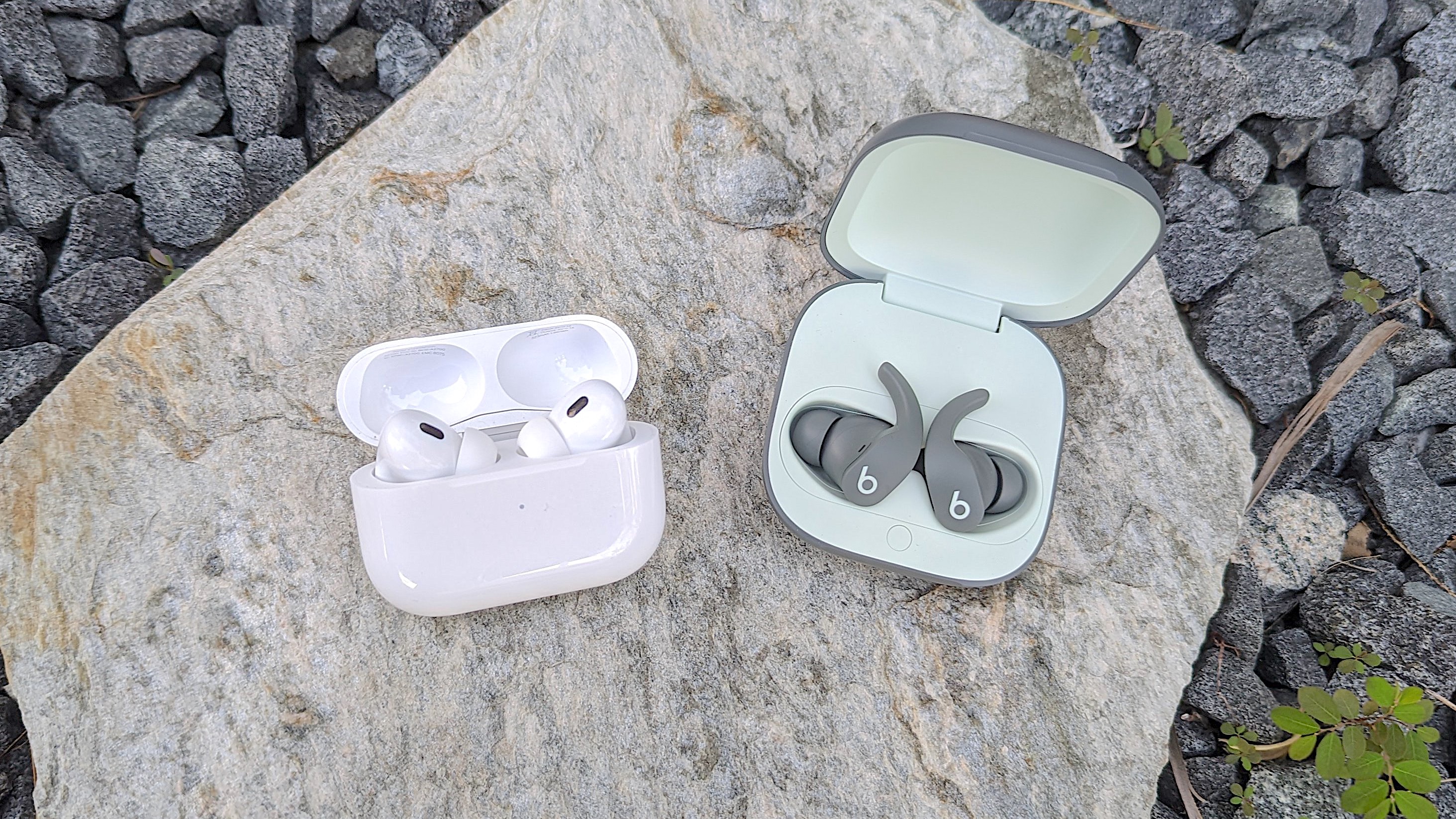
How often have your AirPods broken or fallen down a sewer grate? Whether once or numerous times, you’ve helped Apple generate an estimated half-a-billion dollars in AirPods replacements. Congrats. It’s not like Apple doesn’t sell sturdier buds. Check out the Beats Fit Pro, a model we believe is better than the AirPods Pro.
Go into any Apple store and wrap your fingers around the AirPods Pro and Beats Fit Pro. Both are built entirely from plastic, but the latter is far more durable and provides a better fit via installed wings.
Sign up to receive The Snapshot, a free special dispatch from Laptop Mag, in your inbox.

The standard IPX rating for most wireless earbuds is IPX4, which is fine for sweat and water resistance. Sports buds like the Jaybird Vista 2 crush the competition with a military-spec rating (IP68) for protection against dust, water, sweat, and drops. Even its wireless charging case comes IP54-rated to stave off heavy splashes of water.
There are plenty of other buds with similar IPX ratings that keep them safe from dust and moisture damage. Very few luxury models offer this.
More engaging sound
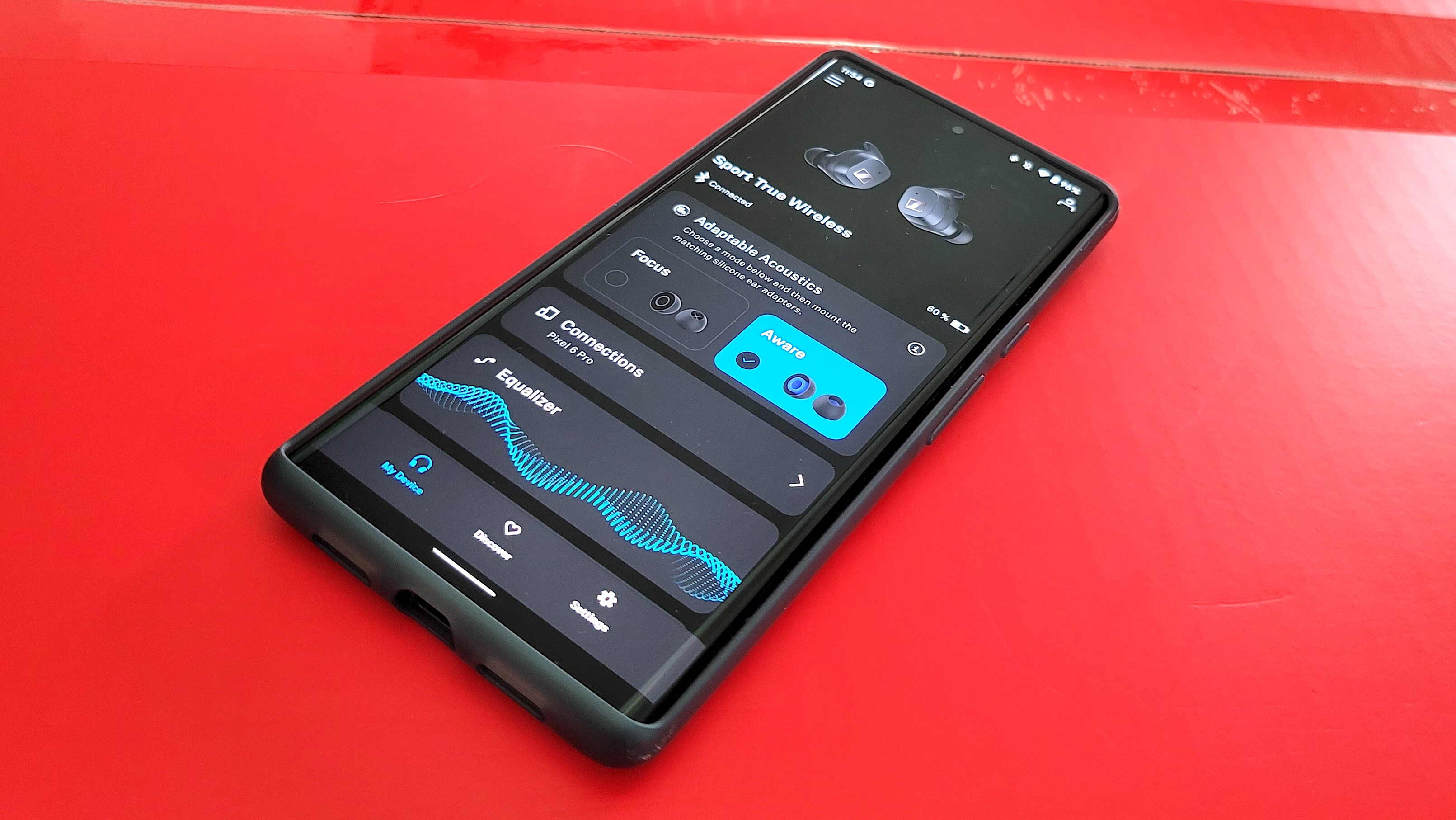
Engineers tweak sports earbuds to emphasize bass and treble, two sonic elements favored by avid exercisers, as well as casual listeners that value punchy sound over clarity and detail. You can hear it on models like the Beats Fit Pro and Jaybird Vista 2, which are well engineered and surpass any AirPods version in terms of audio quality.

Several sports buds also carry audio features similar to their non-sporty rivals. On the list: a customizable equalizer to adjust frequencies, music presets, and hi-res/lossless audio codecs. Sennheiser gave their Sport True Wireless model aptX support for lower latency and improved sound over Wi-Fi. The Sony WF-SP800N grants access to Sony’s 360 Reality Audio platform to hear music and movies with theater-like sound, along with proprietary LDAC technology that streams music at a faster bitrate over hi-fi streaming services (e.g., Tidal, Qobuz).
Longer playtimes
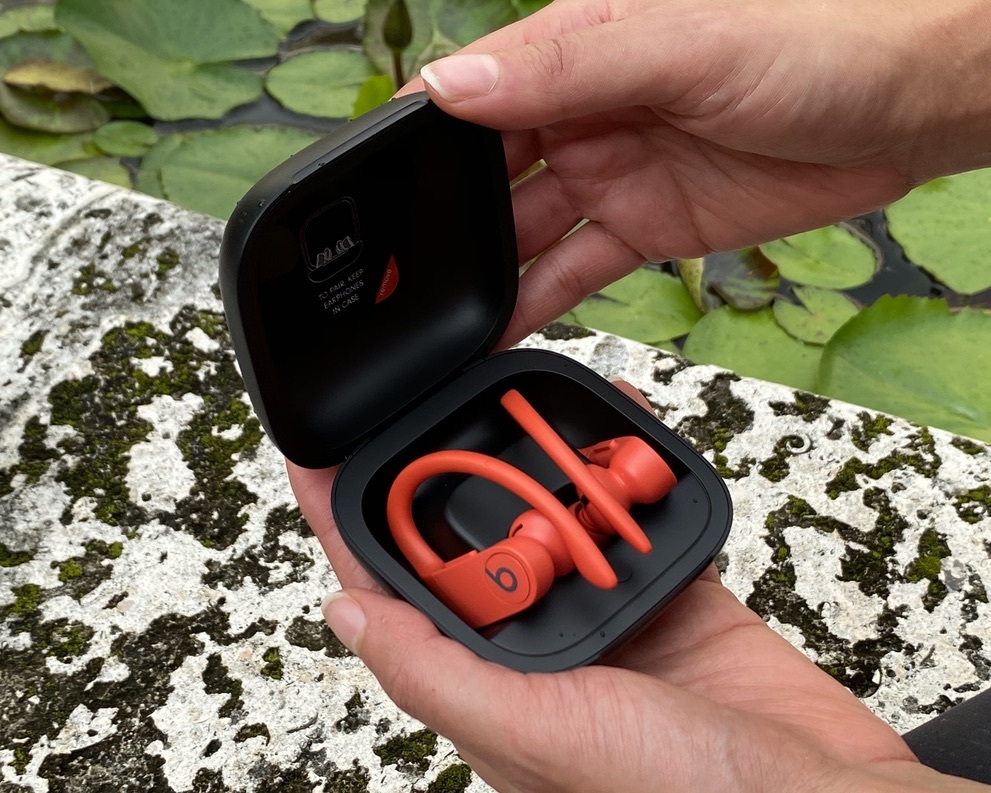
The industry standard for battery life on wireless earbuds is between 5 to 6 hours. Most sports earbuds are rated higher, somewhere between 6 to 12 hours, depending how you use them.
For comparison, the AirPods Pro 2 gets you 5 to 6 hours, whereas the Beats Fit Pro (6 to 7 hours) and Powerbeats Pro (9 hours) last much longer. Swanky sports buds like the Master & Dynamic MW08 Sport can extend playtime up to 12 hours. Then come bargain gems like the JLab Epic Air Sport ANC (2nd Gen) that leads the category with up to 15 hours of listening time.

Charging cases for sport earbuds also hold more portable power: between 28 to 70 hours. Quick charging is standard and we’re seeing newer releases come with wireless charging, which brands have mainly reserved for their flagship buds, but are rolling out onto their mid-range and fitness-centric offerings.
Flagship features are no longer exclusive
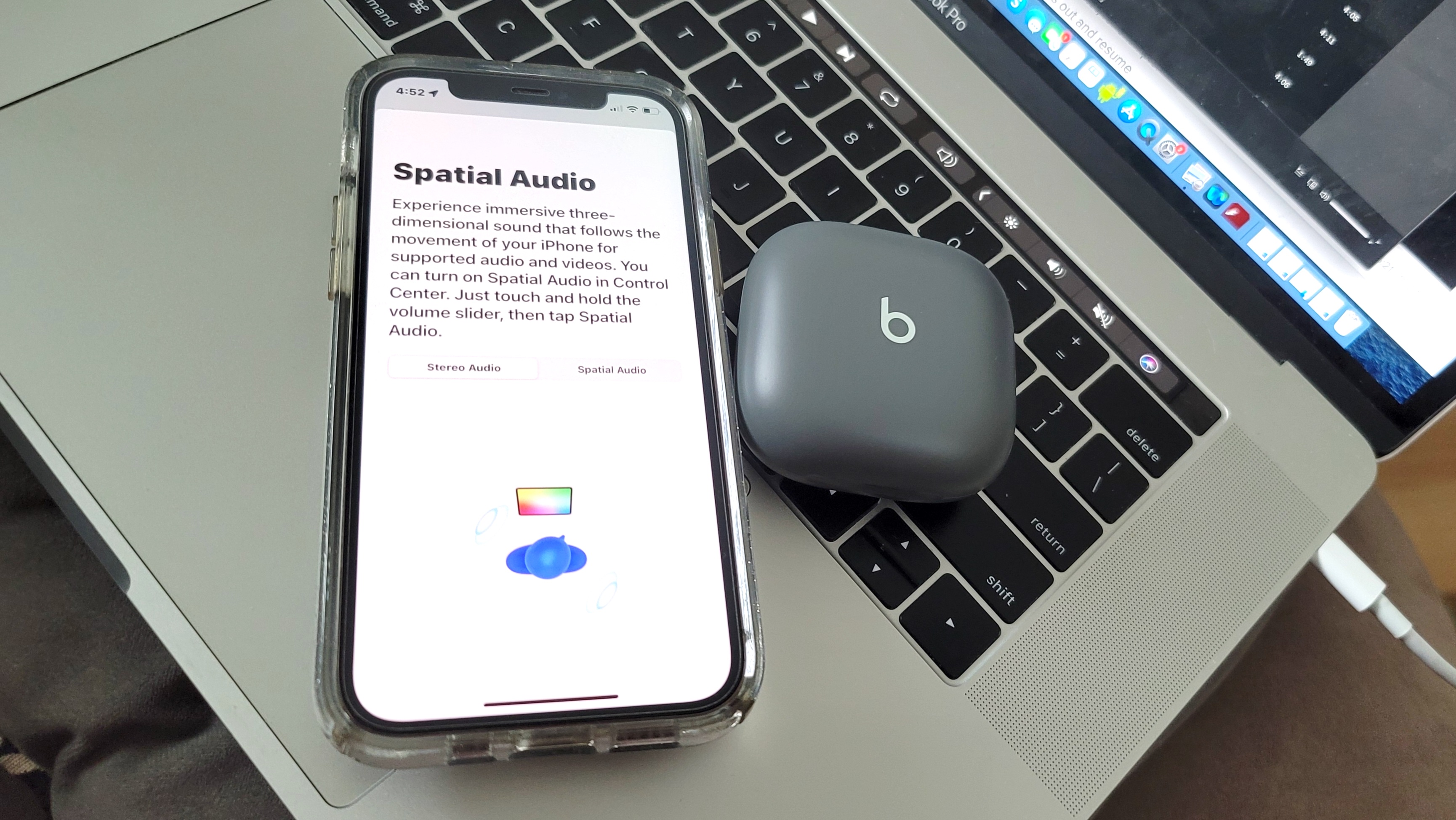
There was a time when select features were reserved for flagship models. I’m talking everything from 3D sound to Bluetooth multipoint (pair to two devices at once) to ear tip fit tests to personalized listening modes. Not anymore.
Take the AirPods Pro for instance. When announced, it introduced so many new features that made it the Apple wireless earbuds to own. Then the Beats Fit Pro came along, copied the AirPods Pro’s entire spec sheet, and launched at $50 less. More importantly, the Fit Pro came with what many presumed were AirPods exclusives such as Find My support for tracking lost buds and spatial audio to enjoy cinematic sound with Dolby Atmos-compatible content.
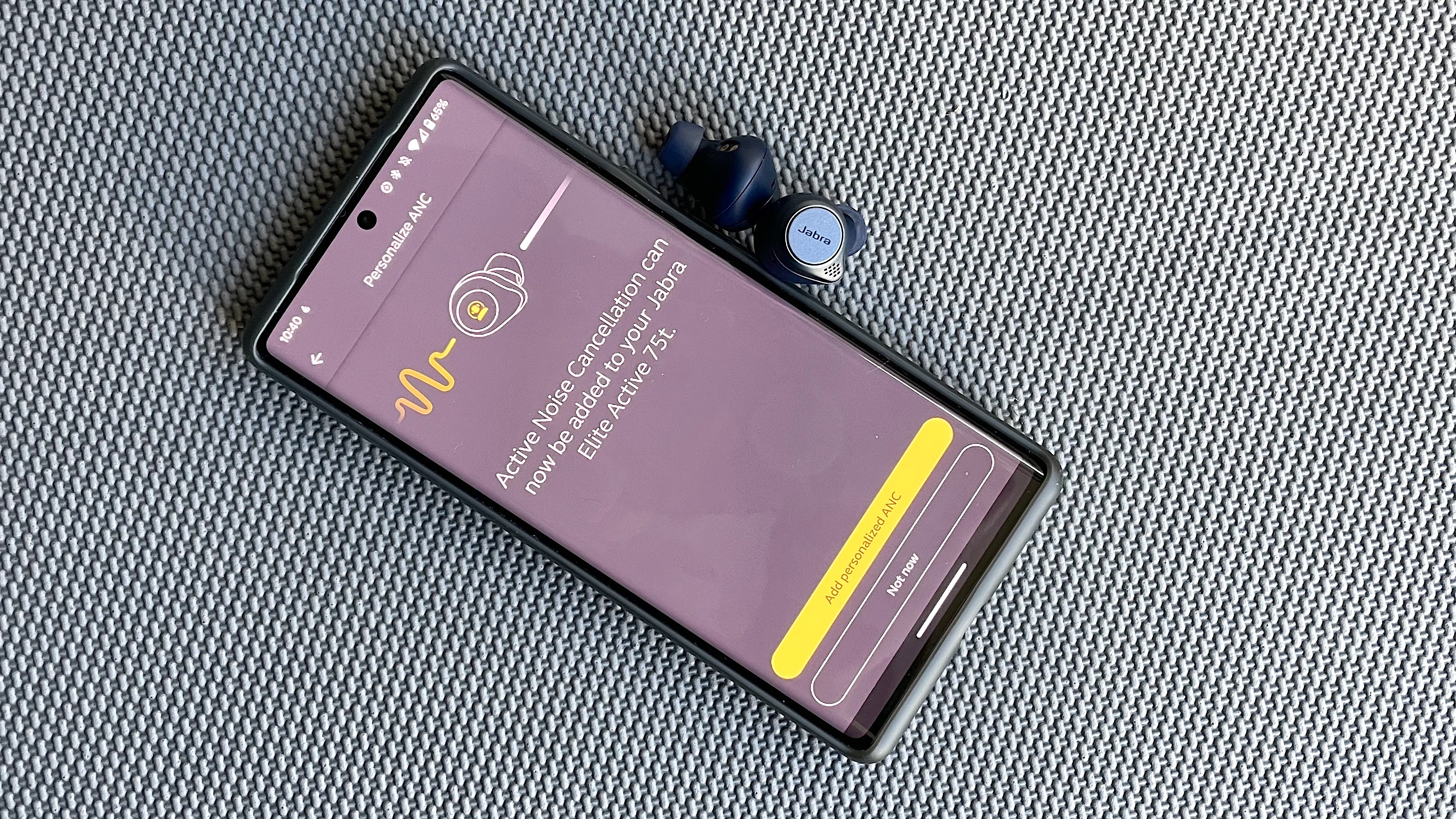
Jabra is another brand that has passed high-end features like MySound and Personalized ANC – two settings that automatically adjust sound and noise cancellation to the user’s hearing – onto their latest sporty entries: the Elite 4 Active and Elite 7 Active.
The AirPods Pro 2 updated Apple’s 3D audio format and renamed it Personalized Spatial Audio. Guess which model also supports it? The Beats Fit Pro.
Acceptable fitness-tracking devices
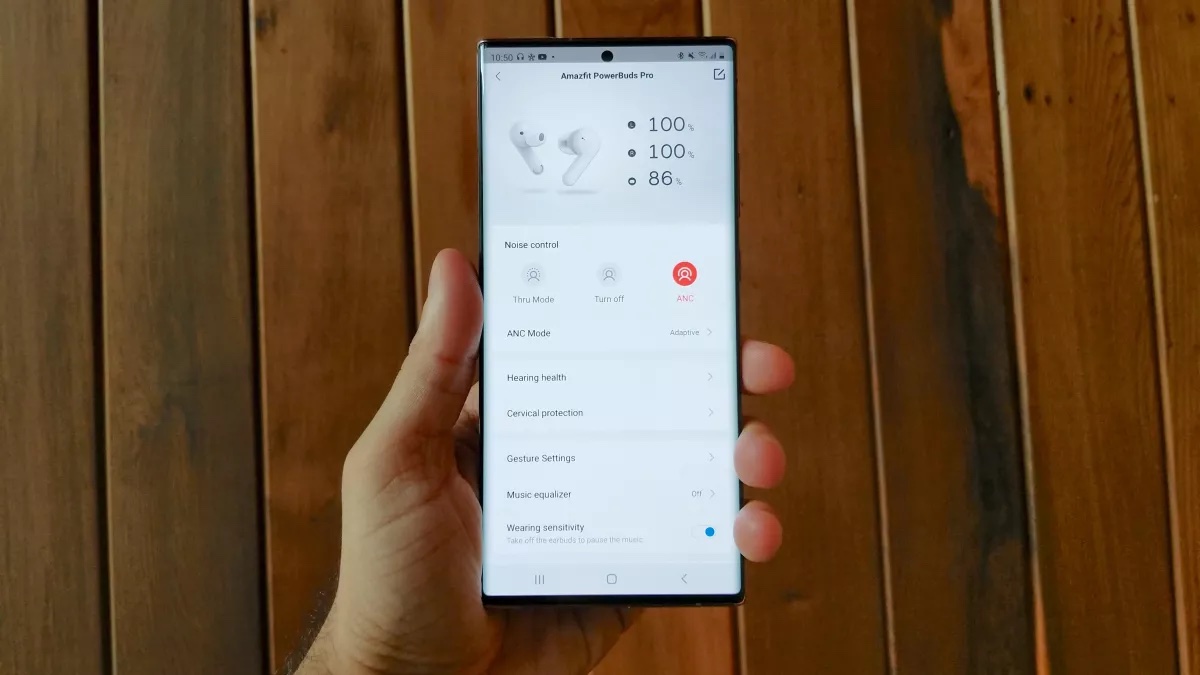
However, some audio brands are making strides and figuring out unique ways to have sports buds monitor activity and health stats. Underrated releases like the Amazfit Powerbuds Pro can monitor heart rate and offer advice on how to fix your posture to prevent cervical disease.
I would never recommend replacing your Apple Watch or Fitbit with sports earbuds. The technologies on these wrist-worn devices are too advanced and deliver more accurate results.
Classics like the Jabra Elite 65t can track your walking and running stats; this product has been on the market for 4 years. There are a couple of other sports buds that can capture and sync data (cadence, steps taken) to third-party fitness apps on your smartphone device as well.
At least these models can serve as a measuring stick for health progress when your fitness watch runs out of power.
Outlook — invest in sports earbuds to get the most bang for your buck
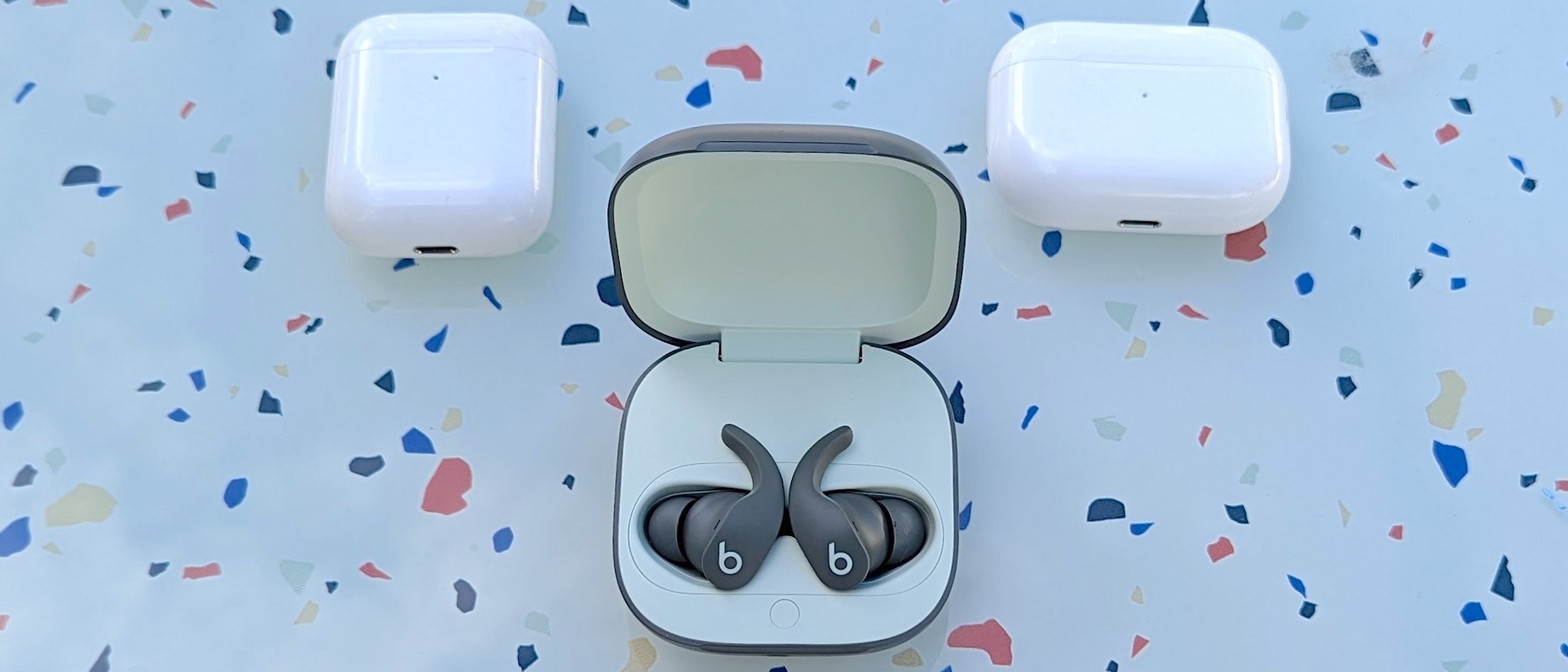
Most sports earbuds match the performance of expensive wireless earbuds. They’re also built to last longer, surviving the daily abuse you’ll put them through on commutes or at the gym.
Below are links to three of our favorites:
- Get the Beats Fit Pro for $179 at Amazon
- Get the Jabra Elite 4 Active for $79 at Amazon
- Get the Bose Sport Earbuds for $129 at Amazon
There will be some compromises, most likely in comfort and style, though neither should deter you from making sports earbuds your go-to audio device.
Alex Bracetti writes about all things related to audio at Laptop Mag. From insightful reviews of Sony earbuds to hands-on experience with the Beats Studio Pro, Alex covers everything you need to know in order to buy the best pair of headphones or earbuds. Alex has also written about speakers and audio apps. Outside of Laptop Mag, Alex's work has appeared in our sister site Tom's Guide.
